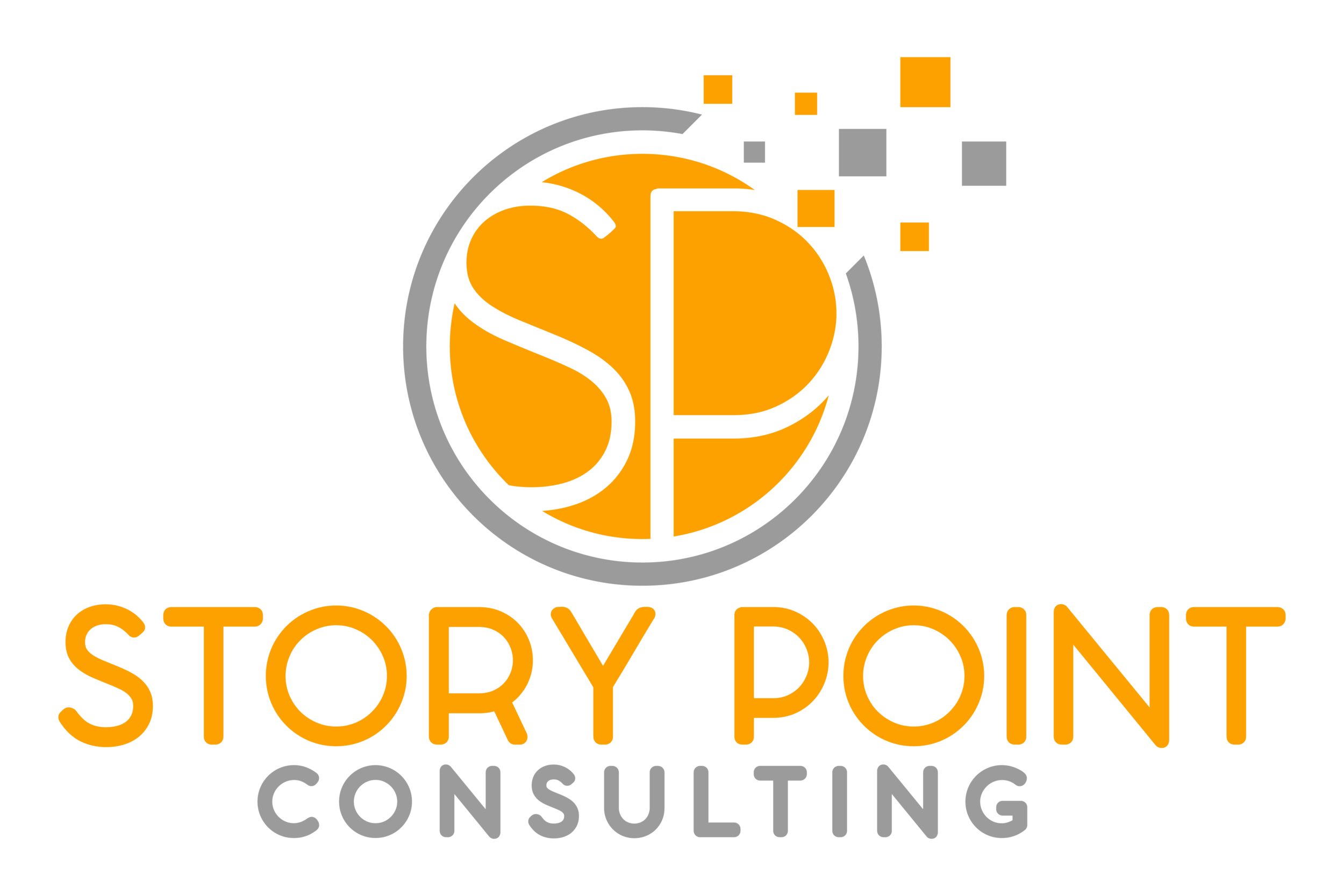7 Reasons to Switch from Spreadsheets to Software
When do spreadsheets work for a nonprofit organization?
For many organizations it can be a challenge to have access to good, reliable data that can be used to improve your fundraising strategy. If you are a small organization and you don’t have a large number of donors, it is possible to use spreadsheets to store your data. Spreadsheets are good at organizing data, and are great tools to analyze and visualize your data. Furthermore, for teams that do not have the budget for software, it can be a good option.
But as your donor base grows, spreadsheets can quickly become harder to manage. Tracking donor history, volunteer hours, and communications often means juggling multiple tabs or files, which makes it difficult to see the full picture of your supporters.
When to think about switching to a nonprofit donor management software
With so many options, and different features available, it can be difficult to figure out which software to use. And this can lead to continuing to use a solution that may no longer serve its purpose. So how do you know when it’s time for your organization to switch from spreadsheets to a donor software? If you are considering switching to donor software, here are seven reasons that it may be time to make the change.
No system in place to validate the data. Data validation ensures that data is entered in the correct format. Validation gives your team confidence that the data is clean and accurate. For example, data validation will stop a user from entering text in a field where only numbers should be entered. Or, if a date is supposed to be entered as MMM/DD/YYYY the system will not allow the user to enter MMM-YY.
Becoming more difficult to maintain. Over time, your list of prospects and supporters will grow. Depending on how the spreadsheet was initially set up, it can become very time consuming to maintain. Additionally, it may take more time to validate your spreadsheet to make sure that it is error free, and that the data makes sense.
The creator is the only person that knows how to use it. This is incredibly problematic, especially if there is no documentation explaining how to use the spreadsheet. If the person that created it is not there, or even worse leaves the organization, there may be a challenge retrieving the data when you need it.
The team is not familiar with all the formulas used. This is another difficult situation. If the formulas are long, they become unreadable and hard to understand. If someone on the team updates, or deletes a formula it can lead to several errors in the entire spreadsheet. Especially if the formulas are linked to other cells, or other worksheets in the workbook.
Column labels are confusing. When a user opens a spreadsheet, they should be able to look at the data, and have a good understanding of what each column means. Best practice is to label your columns as simply as possible. Columns without clear names might not be a challenge for the creator of the worksheet, but to other users it may be confusing.
Challenging to summarize historical donor data. Spreadsheets can track all of your supporters' information. However, it may be challenging to quickly find and summarize how a donor has interacted with the organization over a period of time. Do you have an efficient way of finding a supporter’s first gift? Or the number of hours they have volunteered? Can you find the last time you sent a thank you to a donor? Tracking all of a supporters’ history is not impossible, but can become overwhelming in a spreadsheet.
Your spreadsheet is not secure. Spreadsheets can be password protected. However, if your spreadsheet is saved offline on one computer, it can easily get lost, along with all of your donor data if that computer crashes. Furthermore, spreadsheets often lack strong security features, making it difficult to safeguard your data.
Do spreadsheets still work for your nonprofit organization?
While spreadsheets are a very effective tool for collecting and formatting data, they can become challenging if they're not built with the future in mind. If you’ve identified more than one of the seven reasons above, your nonprofit may want to consider an alternative solution.
Using a donor management software can ensure that your data is stored safely and easy to reach. It can help streamline your donor data, which will help save your team countless hours. And, with the ability to manage your donor data in one central location, your team will be more productive and collaborative to reach your fundraising goals.
Ready to move beyond spreadsheets? Our software Chronicle gives small teams a secure, central place to manage donor data, streamline reporting, and strengthen fundraising relationships.

